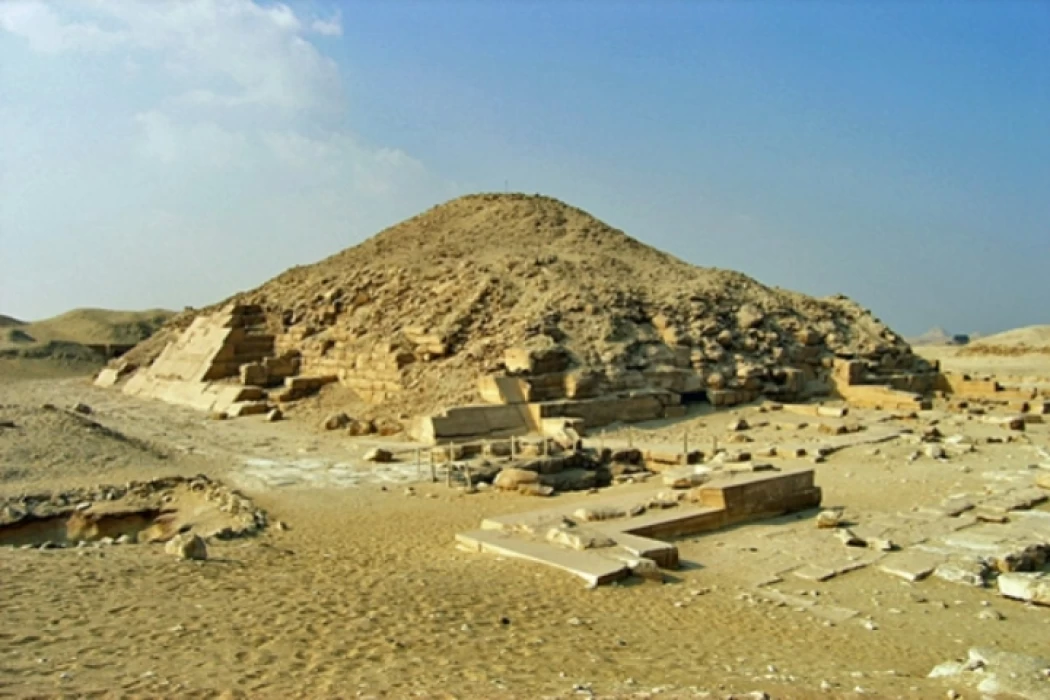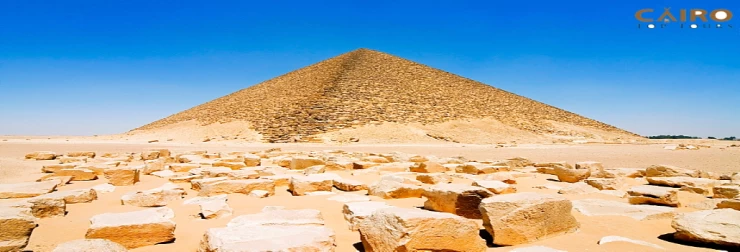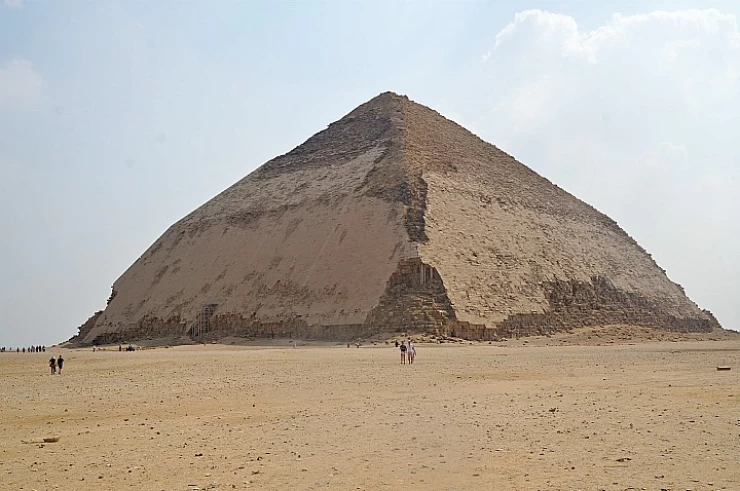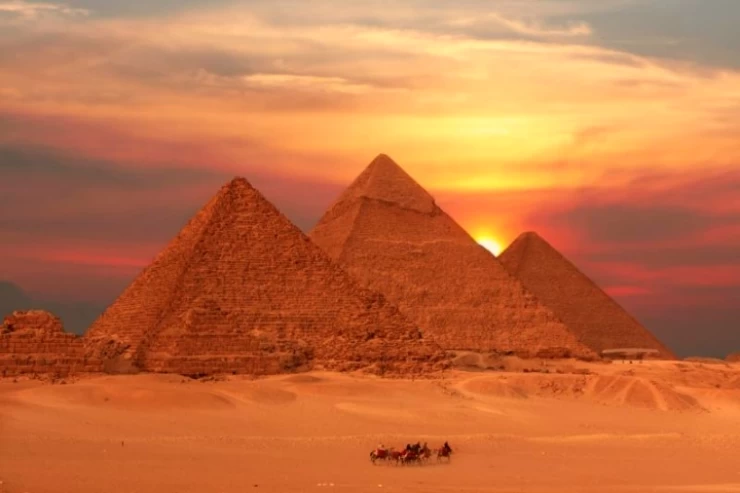
The Magical Pyramid of Unas at Saqqara
History of pyramid complex of Unas
The Unas Pyramid is located at the Fifth Dynasty of Ancient Egypt, and it is small in size yet significant as it houses the first known funerary inscriptions which are the Pyramid texts. These texts were etched into the walls of the king's burial vault to assist him in his quest for immortality.
Similar to the majority of the pyramids, the pyramid complex of King Unas also has two temples, a mortuary temple and a valley temple, which are connected with a long causeway. The valley temple remnants can be viewed at the present entrance of the Saqqara complex, in addition to the intricately designed causeway’s remains, which were taken apart and used by later kings, and although only a fraction of that is left, it still gives the visitors a meaningful insight into how the vicinity used to be.
Unas had several daughters and perhaps one or two sons who are thought to have predeceased him. Manetho, a Ptolemaic Egyptian priest and the first chronicler of Egypt, claims that with the death of Unas the Fifth Dynasty ended. After some possible short chaos period, Ankhwesonpro Teti himself ascended to the throne of the sixth dynasty, probably as a successor to Unas.However, archaeological evidence suggests that the Egyptians of this time did not consciously break with the previous dynasty and that the distinction between the Fifth and Sixth Dynasties may be illusory.
The mortuary practices of Unas were initiated at the time of his death and continued till the end of the Old Kingdom and perhaps even outlived the upheaval of the First Intermediate Period. The worship of Unas, if it had not been maintained, was still present or restored during the later Middle Kingdom period (around 2050-1650 BC). However, this didn’t stop Amenemhat I and Senusret I (c. 1990-1930 BC) from campaigning against and even importing some part of the Unas funerary complex. In parallel with the official cult, Unas may have received popular veneration as a local god of the Saqqara necropolis until as late as the Late Period (c. 664–332 BC), nearly 2,000 years after his death.
British historian Bettany Hughes was able to descend for the first time into the heart of the pyramid while filming a documentary titled “The Nile… Egypt’s Great River.” She explained that the pyramid reveals another side of Egypt, and after the completion of the restoration and repair operations, it became easy to enter it, noting that the real treasure of the pyramid is located underneath it, because the room inside is full of Pharaonic writings that carry new secrets about the Fifth Dynasty.
Latest Articles
Admin
Aswan Governerate in Egypt
Aswan was known as ‘Sonu’ in ancient Egyptian times, meaning market, as it was a trading centre for caravans coming to and from Nubia. In the Ptolemaic era, it was called ‘Sin’ and the Nubians called it ‘Yaba Swan’. It was also known as the Land of Gold because it served as a great treasure or tomb for the kings of Nubia who lived there for thousands of years. Before the migration, Aswan's borders extended from Asna in the east to the border of Sudan in the south, and its inhabitants were Nubians, but after the Islamic conquest of Nubia, some Arab tribes settled there.
Admin
About Luxor Governorate in Egypt
The South Upper Egyptian area is home to the Egyptian governorate of Luxor. Its capital is Luxor, which was formerly Thebes, the capital of Egypt throughout multiple pharaonic eras. Its centers and cities are spread over both sides of the Nile River. The said governorate was established by Presidential Decree No. 378 of 2009, which was promulgated on the 9th of December of that year.
Admin
History of kafr El Sheikh Governorate
Kafr El Sheikh Governorate, located in the far north of Egypt in the Nile Delta, overlooking the Mediterranean Sea, is characterised by the diversity of natural life and environments, and is one of the Egyptian cities that can be visited after the end of the first semester exams at universities and schools, as it features many diverse tourist and recreational places at symbolic prices within everyone's reach.
Admin
Egypt's New Administrative Capital
The New Administrative Capital is considered the project of the era because it reflects a perfect image of the future and progress on the economic, cultural, social and civilisational level, as the capital is considered the new capital of Egypt at the present time. The importance of the New Capital is that it is a comprehensive transformation of the future of buildings, services and national and mega projects in Egypt.
Admin
Al Gharbia Governorate
The Governorate of Gharbia is inclusive in the geographical area of The Arab Republic of Egypt which is in the African continent, more specifically in the region surrounding the Nile delta, between Damietta and Rashid governance. To the control of the region from the north is Kafr El-Sheikh Governorate, from the south Menoufia Governorate, from the east – Dakahlia, Qalyubia Governorates, and to the west is the Beheira Governorate.
Admin
Hamata Islands (Qulaan Archipelago) in Marsa Alam
Each reserve has several sectors. In Wadi El Gemal Reserve, there is one of the natural areas called the Hamata area or Hamata sector in Wadi El Gemal Reserve. Its sectors are the perfect and most ecological, land and water, and host countless animals and plants found in the oceans and on the land.


















